There are some things in gaming that everyone talks about so much that they never live up to the hype. Mr Freeze isn’t even the best boss battle Batman: Arkham has to offer. I’ve never been on board with the majesty of The Last of Us’ giraffe moment, with it so clearly wanting to be important that it loses any it might have had. We describe things in extremes when it comes to video games, but Control’s Ashtray Maze delivers. As we wait for Control 2, that’s the main thing on my mind.
There are lots of interesting things to discuss with Control 2, of course. It’s going to be an “action RPG”, for one thing. That’s a genre with a loose definition these days, but Control does not seem to fall into its broad parameters. Even when announcing this genre switch for the sequel, Remedy called Control “an action-adventure”, which underlines that what comes next will be different. There’s also the increasing mythos around the narrative, which folds Alan Wake 2 into its midst and has to build upon Control’s own worldbuilding and ending, which the first game had fewer restrictions on. But still, all I can think about is the Ashtray Maze.
The Ashtray Maze Is Control At Its Best
Nothing is quite as it seems in Control. That’s a description both entirely accurate and completely underselling the unique way in which you experience the story. From mystical architecture to varying gravity, traversal always offers something different. But rather than make this a fun adventure flying through the air as Spider-Man does to great effect, in Control it is a roadblock. You are rarely fully in control in Control. You wrestle with the game at every turn. The ultimate head to head comes with the Ashtray Maze.
Running around what appears to be an array of hotel corridors (a familiar Remedy motif), the walls open and close in kaleidoscope patterns as you approach, making you constantly turn around and search for a new way to go. Though the path forward is relatively linear, the fact you can’t see it until you hit a dead end makes it easy to get turned around – especially when each path looks identical from a distance.
As you progress, the floors beneath you rise like steps, the hotel flips on its side, holes appear in the floor where doors should be, and enemies spill out of the infinite passageways. It plays with surrealism and the alternative reality nature of Control to create the sort of exploration only possible in video games, and successful entirely because it feels unique not just to the rest of gaming, but within Control itself. Most importantly, this is maybe the most action-heavy sequence the game has, so it’s hard not to think of how it might fit into whatever changes the RPG genre introduces.
Just as in
Alan Wake 2’s best level, We Sing
, the pseudo-meta soundtrack of the Ashtray Maze (also performed by The Old Gods of Asgard) is a major factor in why it is so impactful.
Control Made A World. Control 2 Has To Live In It?
This leaves Control 2 in an interesting spot. We live in deeply referential times, and so many will expect a callback to the Ashtray Maze, or the chance to replay a bigger, better version of it. But that’s not Remedy’s style. Though there is a narrative throughline, Alan Wake 2 establishes itself as a very different type of game to the first Alan Wake. Any references to it or other games in Remedy’s universe are not winks to the audience but embedded in the chronological chaos in which Wake lives every day.
So far, it seems as if Control has been influencing this universe rather than being influenced by it. There are incidents in Control shaped by other games, but more often we see how the mysterious Federal Bureau of Control has had a shadowy hand in the events and calamities of games past. This continues in Alan Wake 2, where Control (and the organisations explored in it as much as your personal actions as Jesse) appears sporadically to tie off loose ends or fray new ones.
Does Control 2 offer more of this? Shall it offer a deeper look at how the universe is connected, and how certain phenomena came to be – whether by accident or design? The emphasis on ‘RPG’ is an interesting one, as it feels in step with Alan Wake. While the second game still has some boss battles, gunplay, and occasionally intense combat, most of the time you are hunting for clues and being scared by shadows. Contrast this to the first game, where the flashlight was a shotgun rather than a puzzle solver, and it’s clear Alan Wake 2 is less action-oriented than the original. Still not an RPG, but an acknowledgement that there is more than one way to beat a video game.
Remedy plans out its games carefully, and well before we ever hear about them, so both Alan Wake and Control adding something new to the classic action gameplay is not a coincidence. This is Remedy deciding how it wants to make games, possibly from here on out. Whatever is planned for Control 2, being a little more hands-on and aggressive is clearly the way to go. I have full faith that Remedy will pull it off. But I wonder how the team will top the Ashtray Maze, and if it will even try.
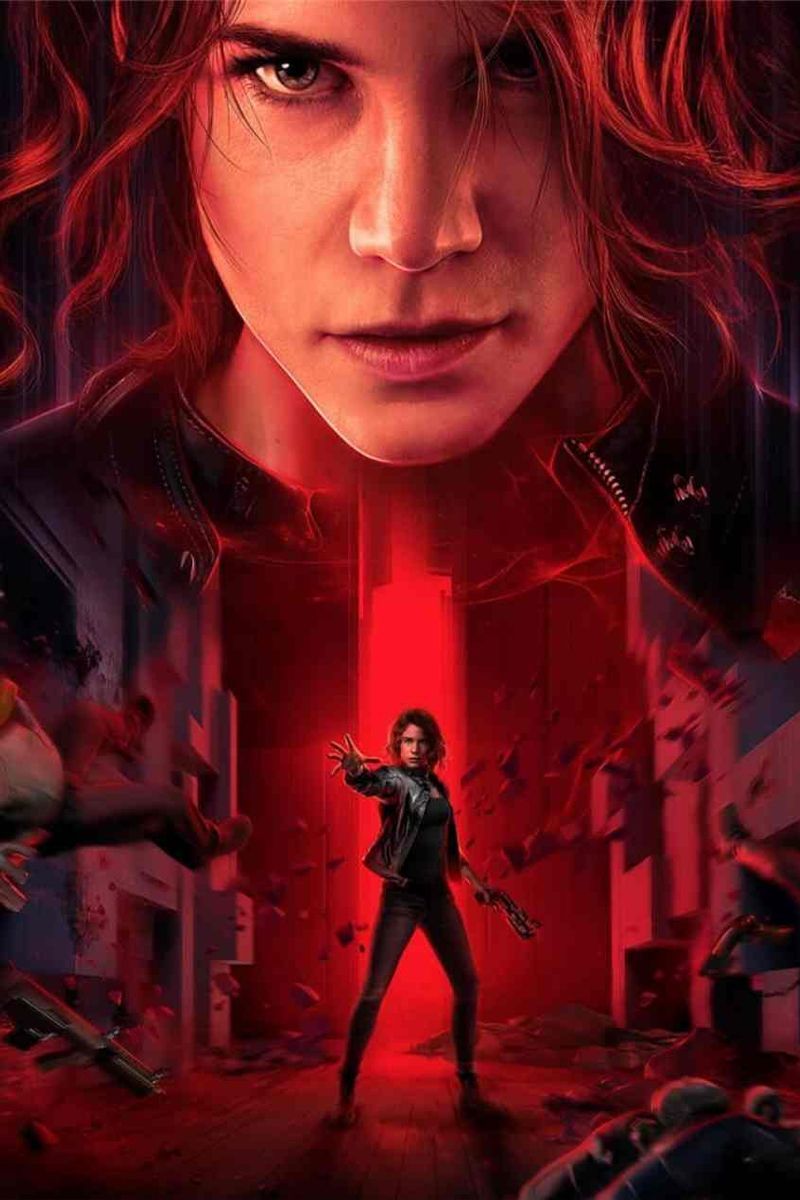

- Top Critic Rating:84/100
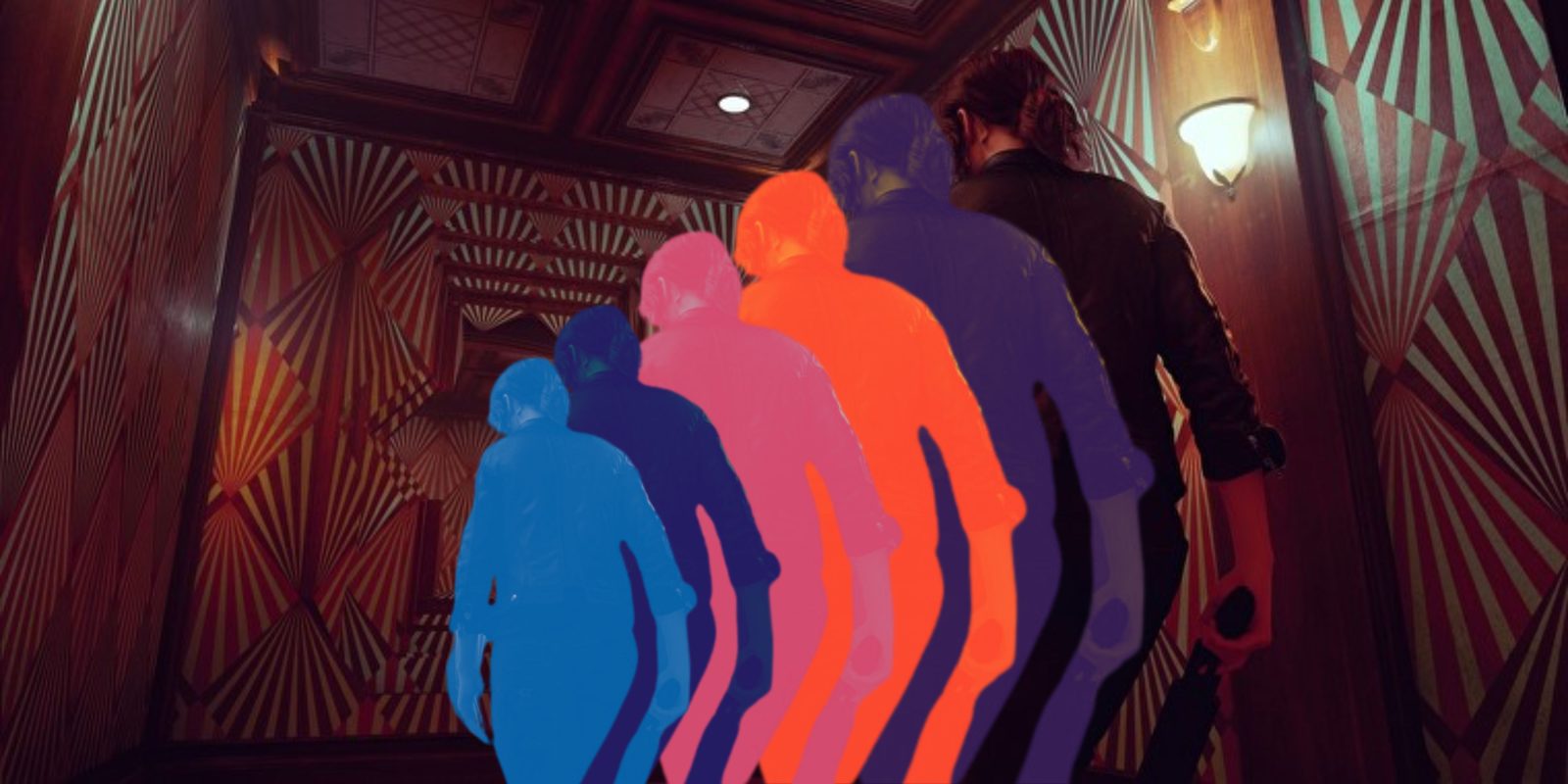

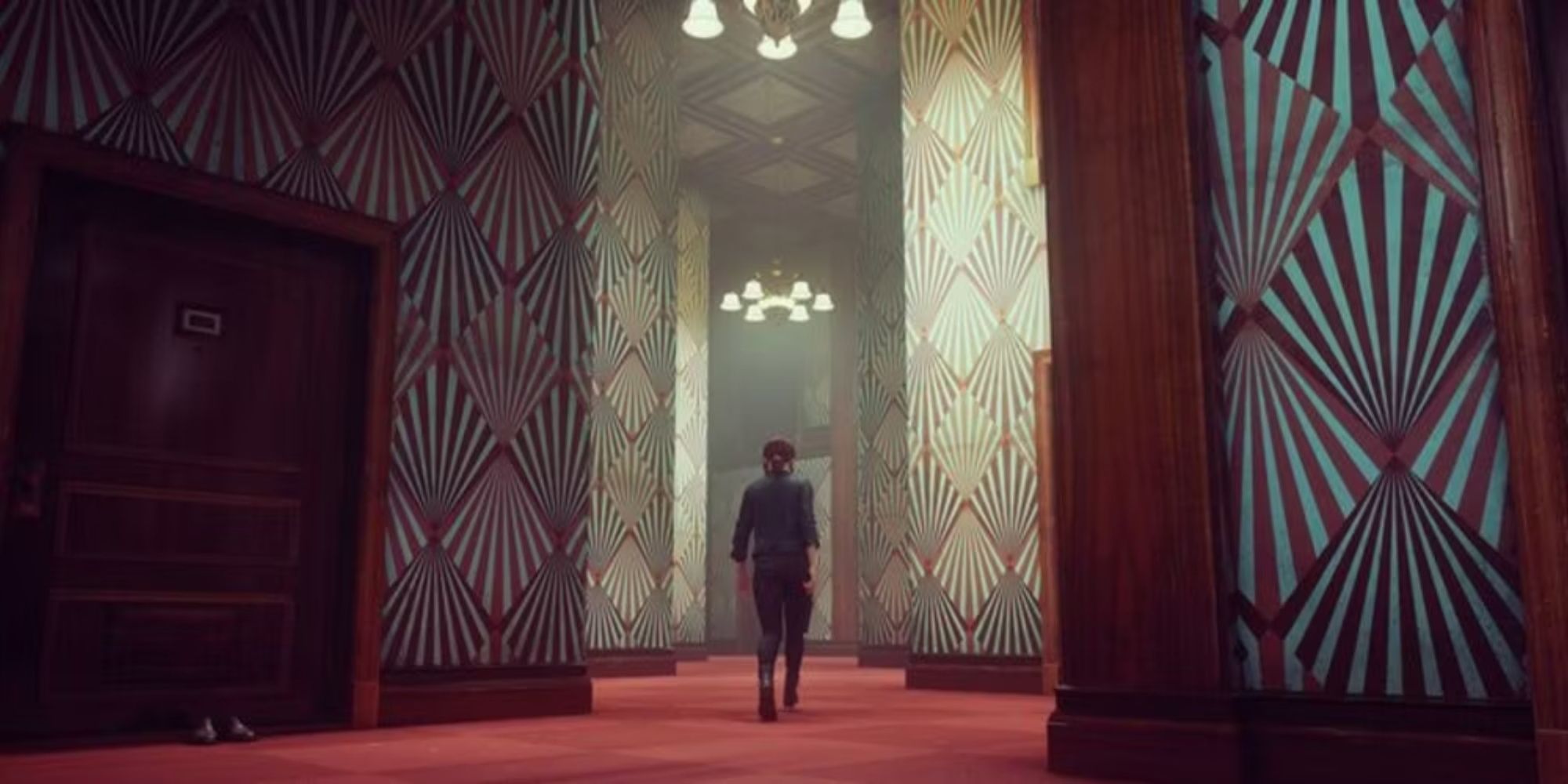
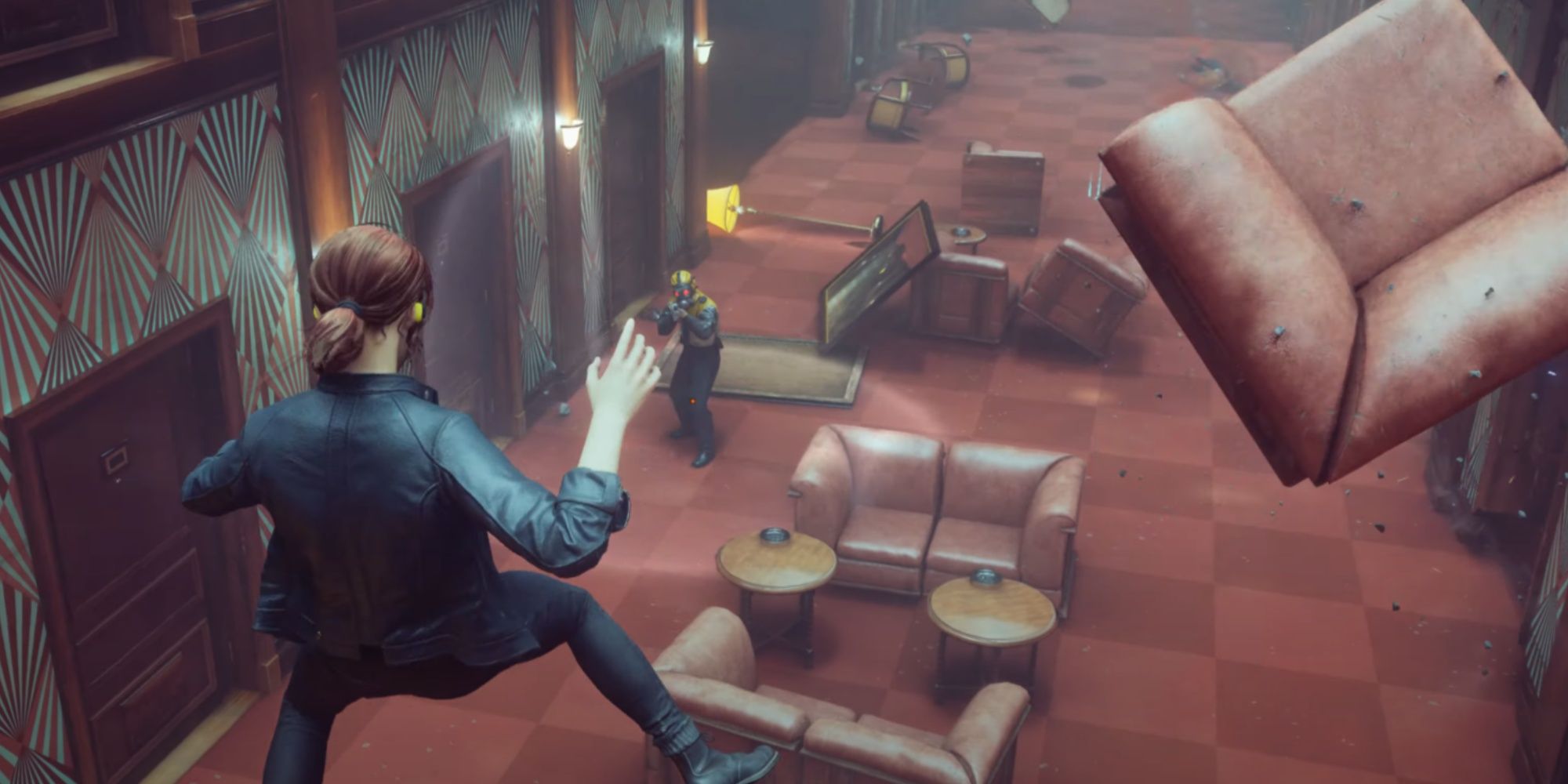


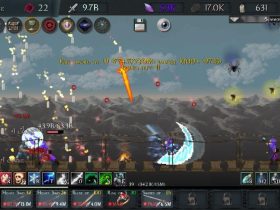

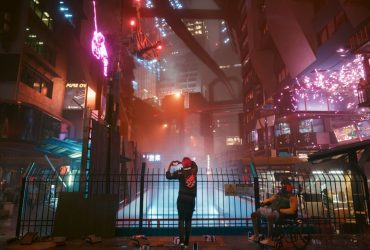

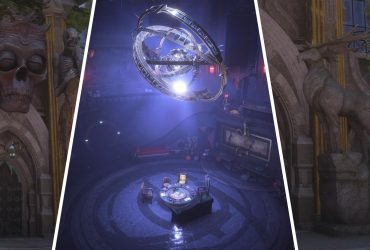
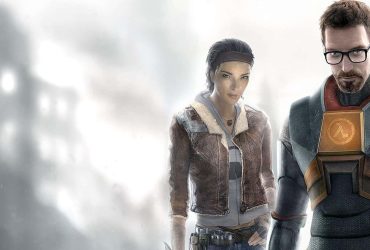

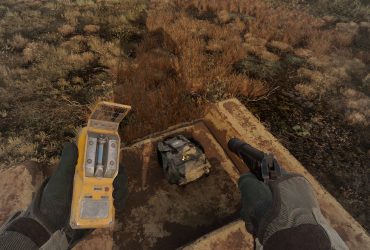
Leave a Reply